The Olympic Museum in Lausanne is a must-see place for all sports fans and sports history enthusiasts. We were here at the time of the 23rd Winter Olympics in Pchjongchchang, South Korea. Just after Michal Krčmář won the silver medal in biathlon for the Czech Republic, we got into the car and drove towards Lausanne.
Getting there
The Olympic Museum is located at Quai d’Ouchy 1 in Lausanne, in a beautiful location on the shores of Lake Geneva.
There is no official parking lot. We were lucky and found a vacancy in the parking lot along the Quai d’Ouchy in the vicinity of the museum (2.5 CHF / hr, for max. 3 hours). Otherwise, you can park in the nearby Port d’Ouchy parking lot (about 10 minutes walk from the museum).
Information how to get here by public transport can be found on the museum’s website here.
The coming to the museum is very impressive. As you approach the main building, you climb the stairs and on the steps, you will find the venues of the Olympic Games. There you´ll also see interesting sculptures and statues of Olympic legends.
Just in front of the entrance, you will walk below the bar that shows the current Olympic high jump record.
Opening hours and admissions
From 1 May to 14 October, it is open daily from 9 am to 6 pm. From 15 October to 30 April, it is open daily except for Mondays from 10 am to 6 pm.
In 2022, the entrance fee is 20 CHF for an adult over the age of 16, and children under 15 are free. Students, seniors, and people with disabilities will pay 14 francs per ticket.
You can leave your belongings in the cloakroom where you can find lockers (1CHF depot) bearing the names of the Olympic champions.
PyeongChang 2018
Two mascots will welcome you at the entrance to the museum. The White Tiger Soohorang, which is the mascot of the Winter Olympics, and the Bandabi Bear, the mascot of the Paralympic Games.
Since December, the museum offers a program presenting this lesser known Asian country. For children, there are two children’s “corners”. There are various activities in the room on the left-hand side next to the entrance. In addition to coloring, books, and games (naturally Korean-themed), they can also try traditional South Korean costumes. Very friendly staff will help you choose the right size and then you can set off for the museum tour! At the end of the tour, the children can make a paper fan.
Permanent exhibition
The museum is thoughtfully organized – one floor is dedicated to the history of the Olympic Games, from their origin in ancient Greece to the present. On the next floor, you will learn about the evolution of games themselves and different disciplines. And on the floor called the Olympic spirit, you will find yourself in the Olympic Village and athletic training center.
Part 1 – The Olympic World
This section shows the history of games from Greek times to the present. I liked most the projection in the introductory room – a 3D model of a sports field with animation and explaining the layout and meaning of different buildings, temples, stadiums, sculptures, etc. You will also learn a lot of interesting information here. Did you know, for example, that the sportsman who broke the rules of the games had to make a statue of the God Zeus and let his name be carved on the base as a symbol of shame? Or that the games always started after the second full moon after the summer solstice and lasted for five days?
I probably don´t have to remember that it was Baron Pierre de Coubertin, a French educator, an athlete, and a visionary, in particular, who was the driving force behind the revival of the Olympic thought. Thanks to him, the first modern Olympics took place in Athens on 23 June 1894.
In this section, you can also see a collection of Olympic torches, mascots and even models of famous Olympic stadiums. I was also impressed by the art around the Olympic Games – sculptures, posters, graphics and fashion design.
For me, the highlight of this part of the exhibition was a large screen film presenting opening ceremonies of past Olympics. I always think how much work is behind the perfectly synchronized performances (and of course, how much this “theatre” cost).
Part 2 – The Olympic games
This part is dedicated to the Olympic “artifacts” – you can see here (but do not touch!) the sporting equipment and clothes/jerseys of the successful Olympians going back many years. Part is dedicated to Paralympic games and you can watch a six-minute film “Inside the race” in a small movie theater.
Part 3 – The Olympic Spirit
We really enjoyed this part because it is very interactive and entertaining. You can try Olympic skills here (we definitely couldn´t resist trying the”Biathlon” :)) and other perception or balancing games.
It was also interesting to see the showcase of Olympic medals. And the chance to climb the winners´podium was a beautiful cherry on the cake 🙂
The Olympic Park
After visiting the museum, our children even tested the athletic track outside. But there was no time and suitable weather to have a picnic in the adjacent picnic area.
Summary
Visiting the museum is really worth it, the exposition is incredibly well done and one can really learn a lot here. And one also realises, what a development in sports disciplines has been done in the last decade. For example, a couple of years ago, the ice hockey had been played with wooden sticks, and today are the sticks made of almost cosmic materials.
Although we visited the museum at the peak (rainy Sunday afternoon), we did not crowd together with other visitors. We spent about 2.5 hours here. If the end of the opening hours were not around, we might be able to spend even more time here. The exhibition is very interactive for almost all ages. However, our children would appreciate if labels and audio recordings were not only in French and English but also in German (and in Czech, of course 🙂 ).
The museum is wheelchair and strollers accessible, there is a changing table for babies, on the 2nd floor there is a café (which also offers main dishes). You will find a gift shop on the ground floor right next to the ticket office. Here you can buy not only licensed Olympic souvenirs (T-Shirts, badges, mascots etc.), but also a delicate Swiss chocolate.
Anyway, we enjoyed the visit to the museum a lot (and seeing the Czech traces made us happy 😉 ). Our children ranked the museum right beside the visit of the FIFA World Football Museum and the chocolate factory, which is really a success, don´t you think? 😀
And what about you? Have you already visited the Olympic Museum? Leave me a comment if you liked it here.




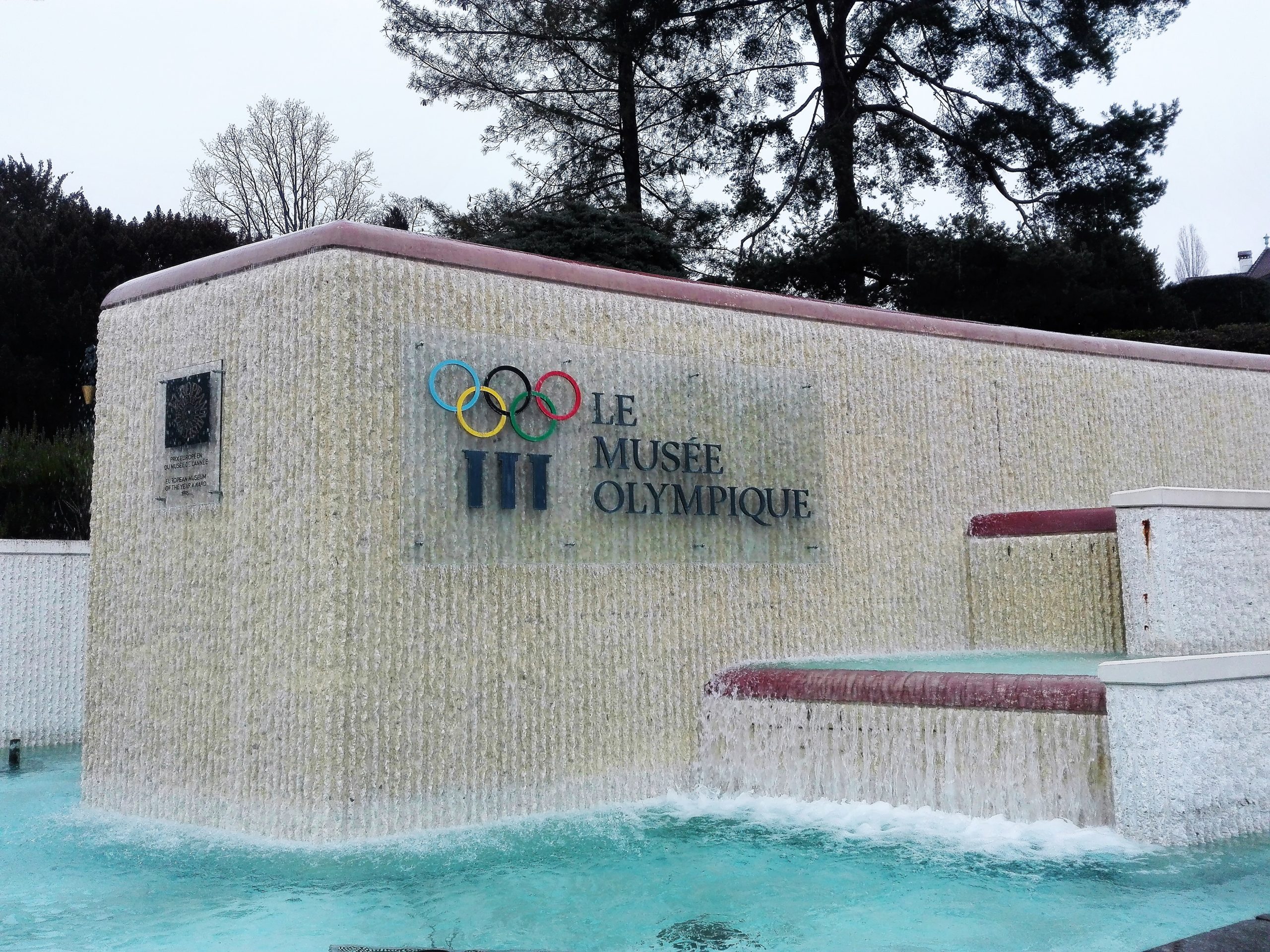
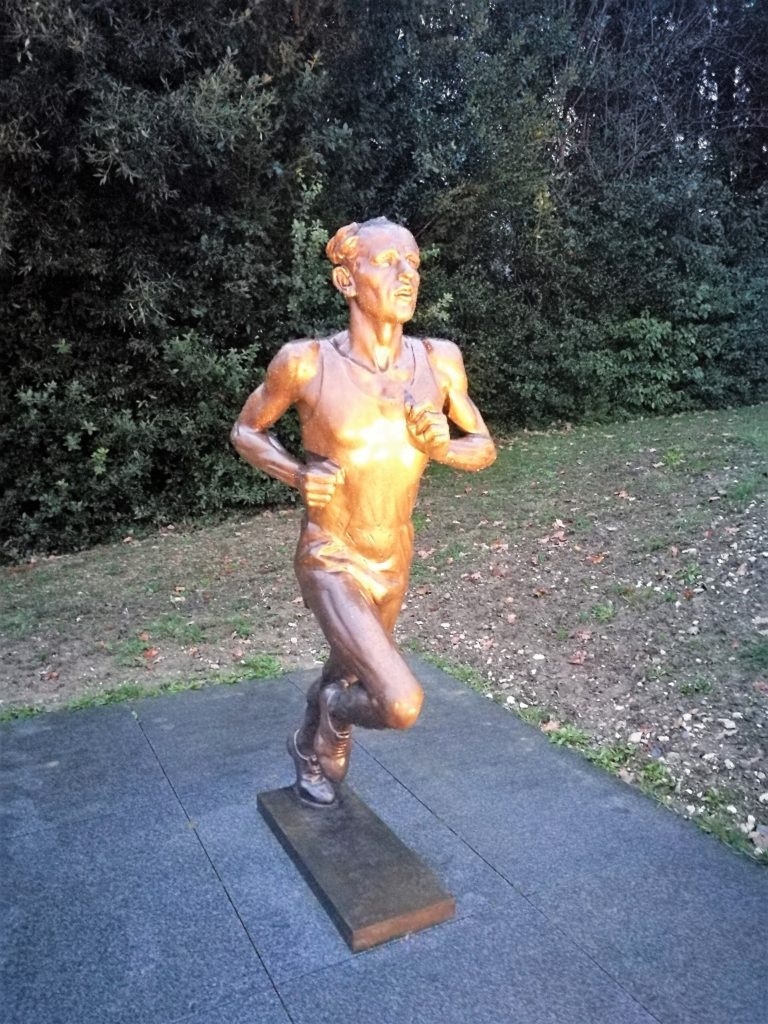
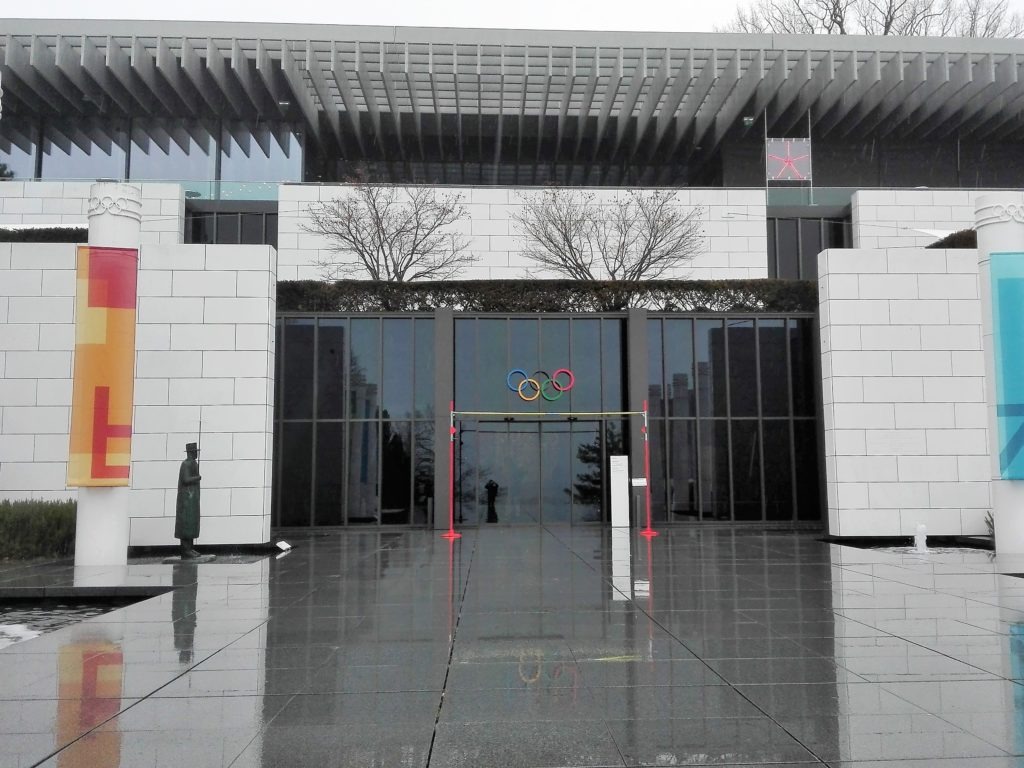
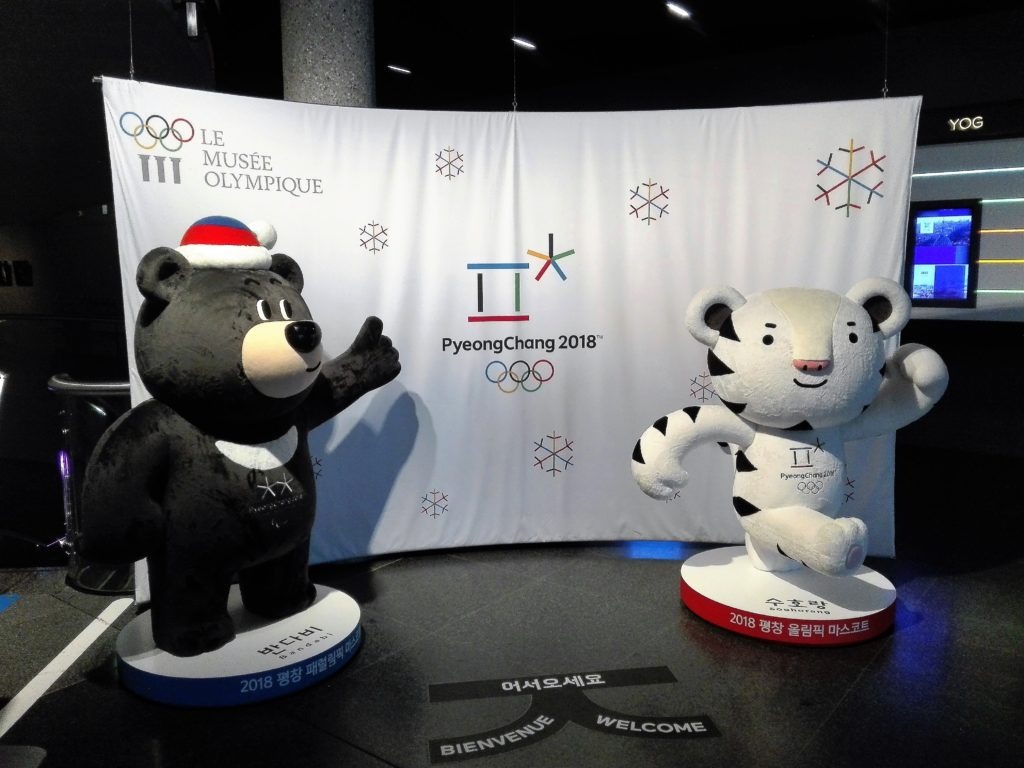
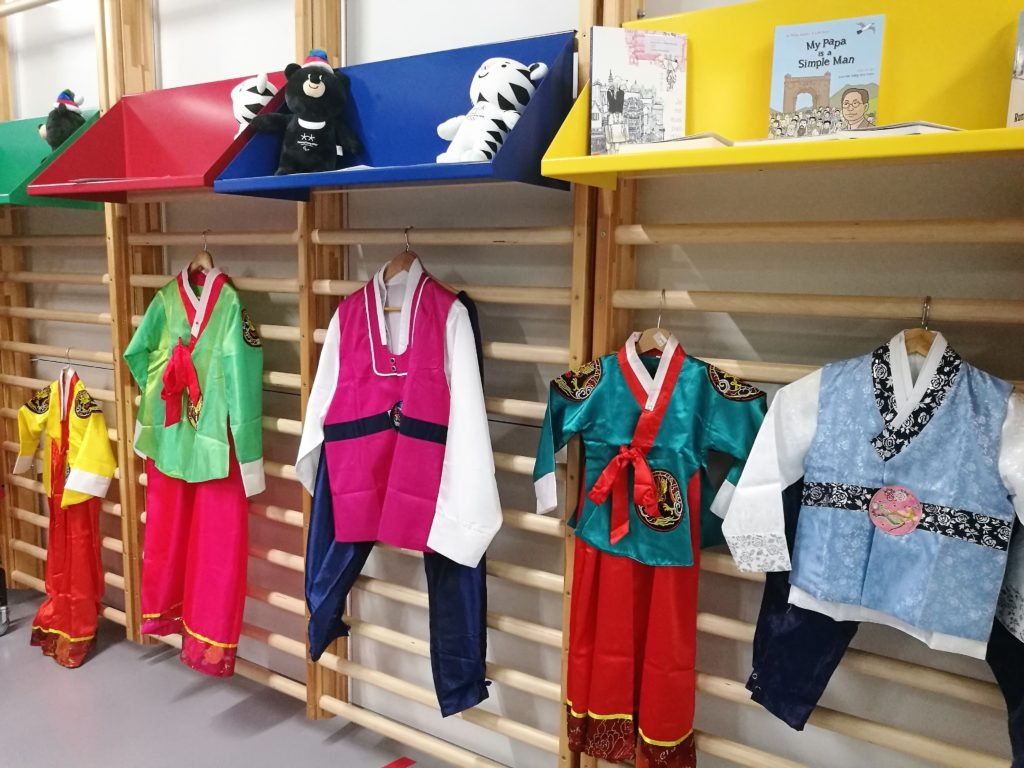
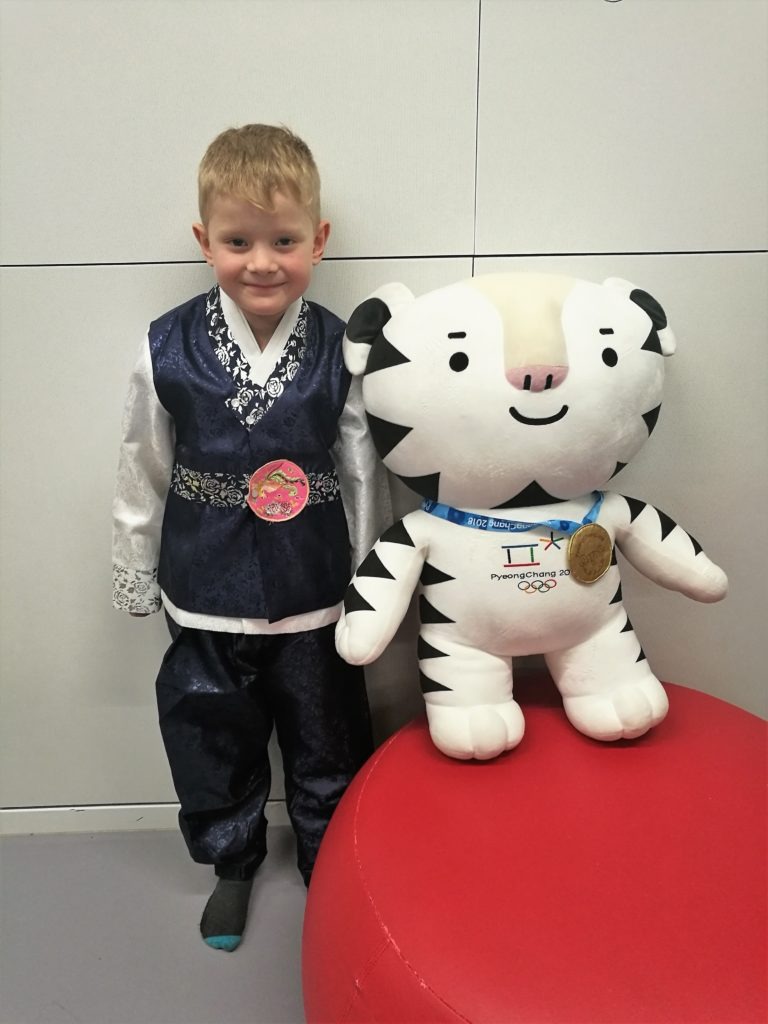
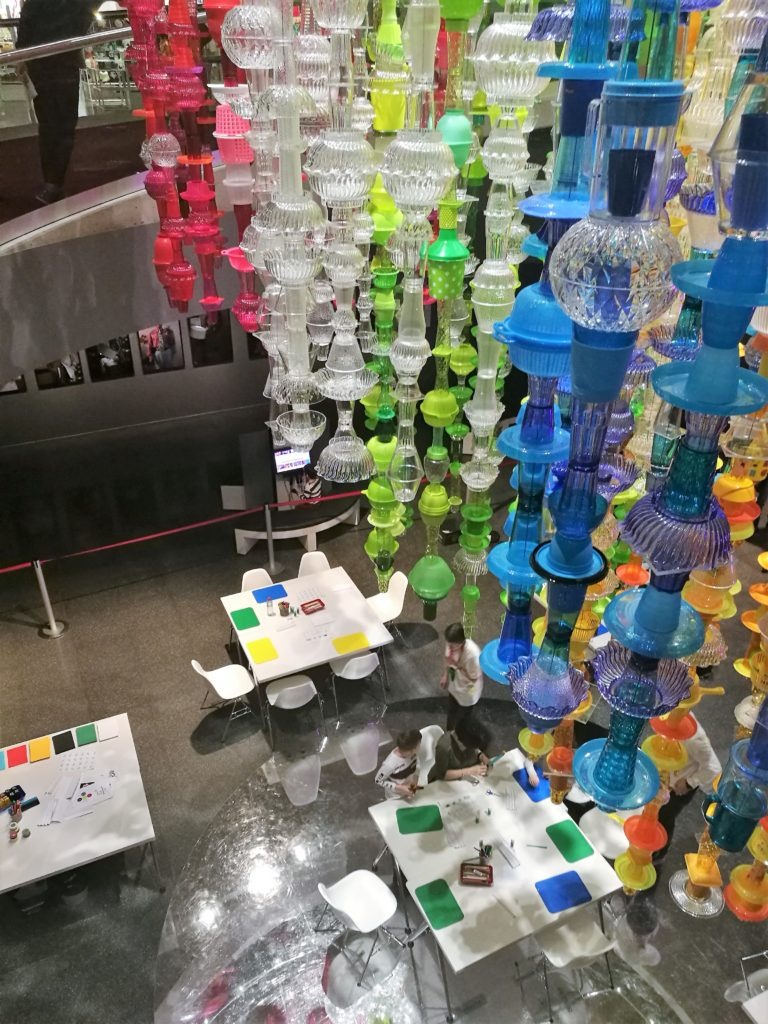
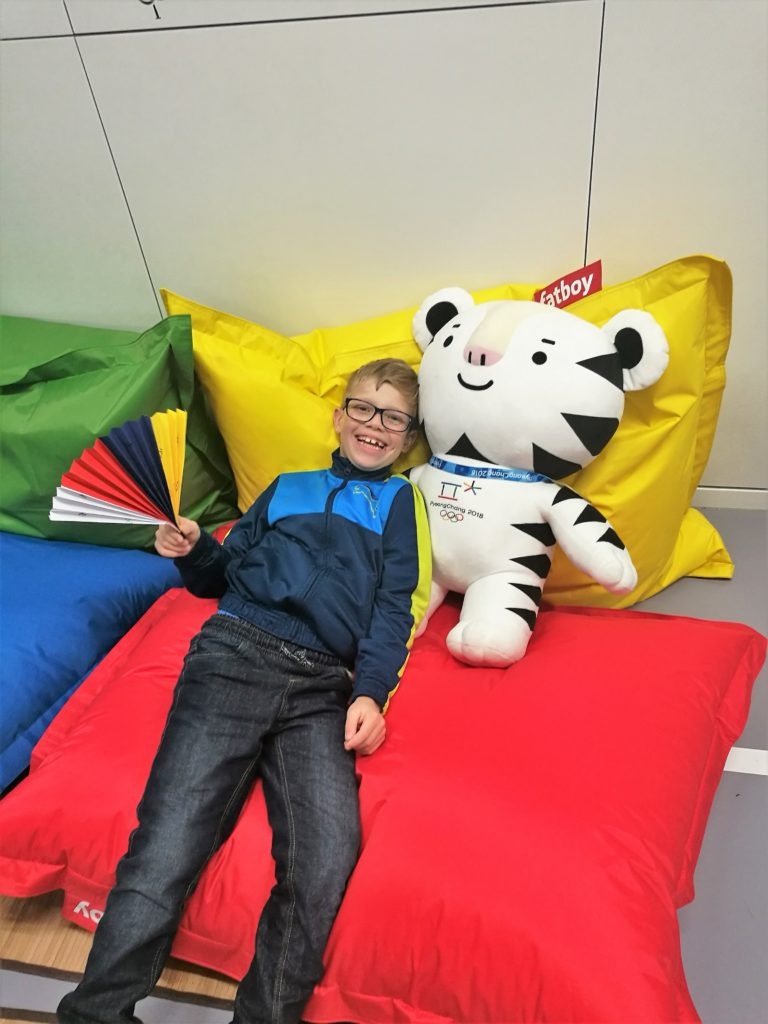
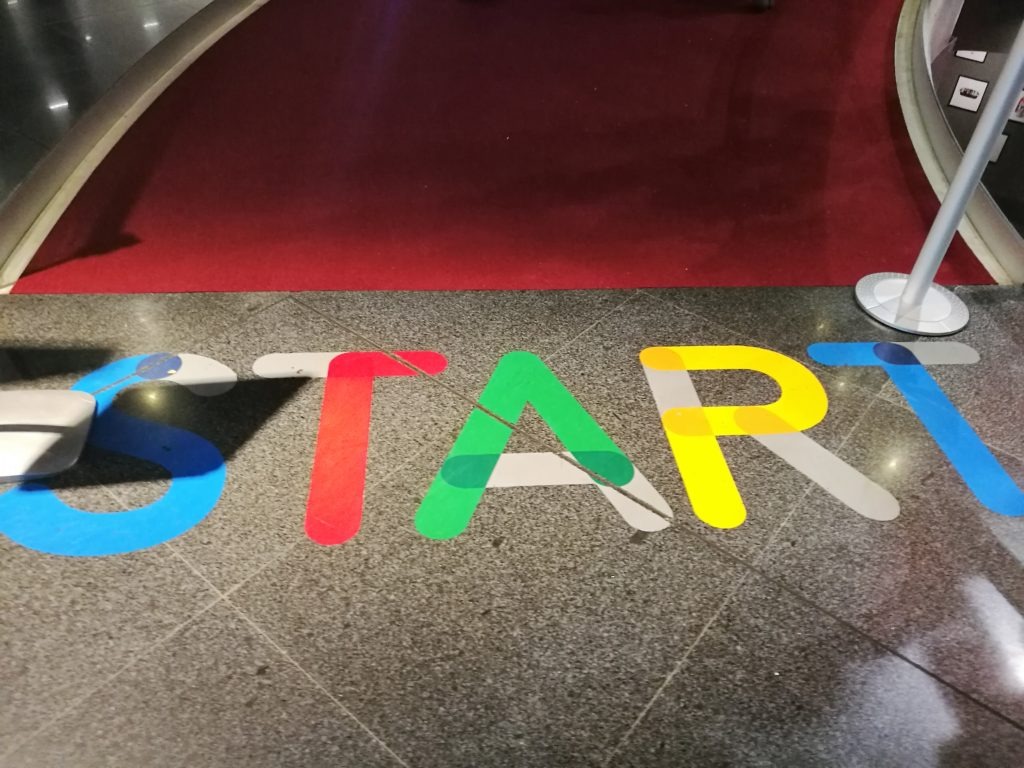
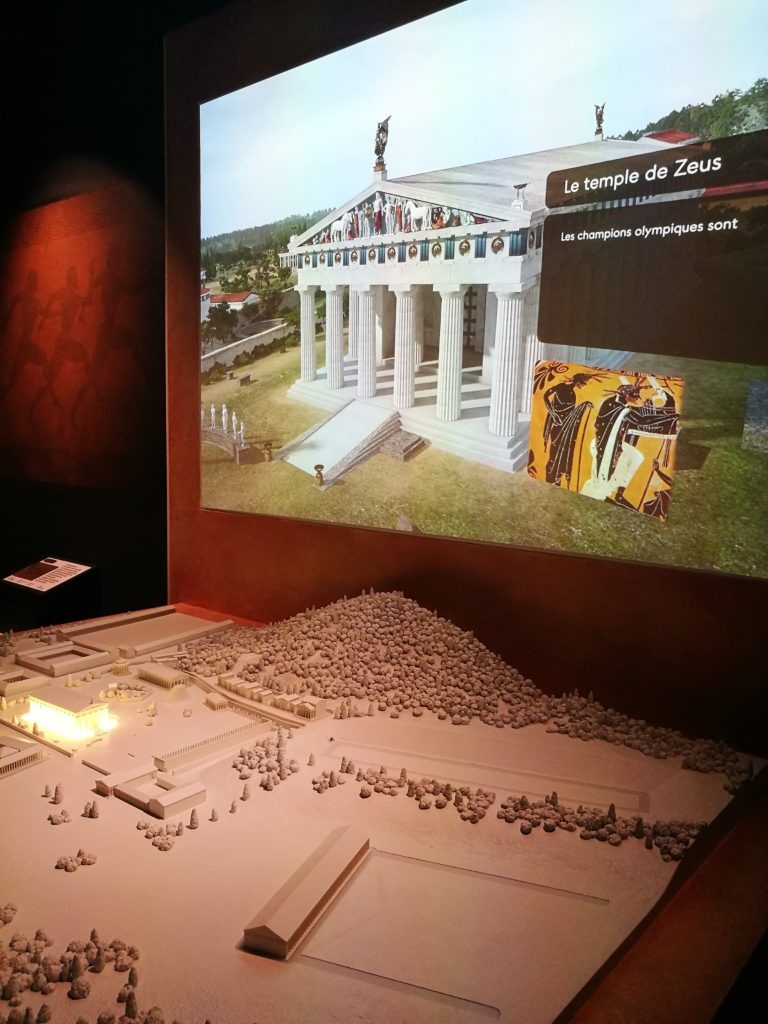
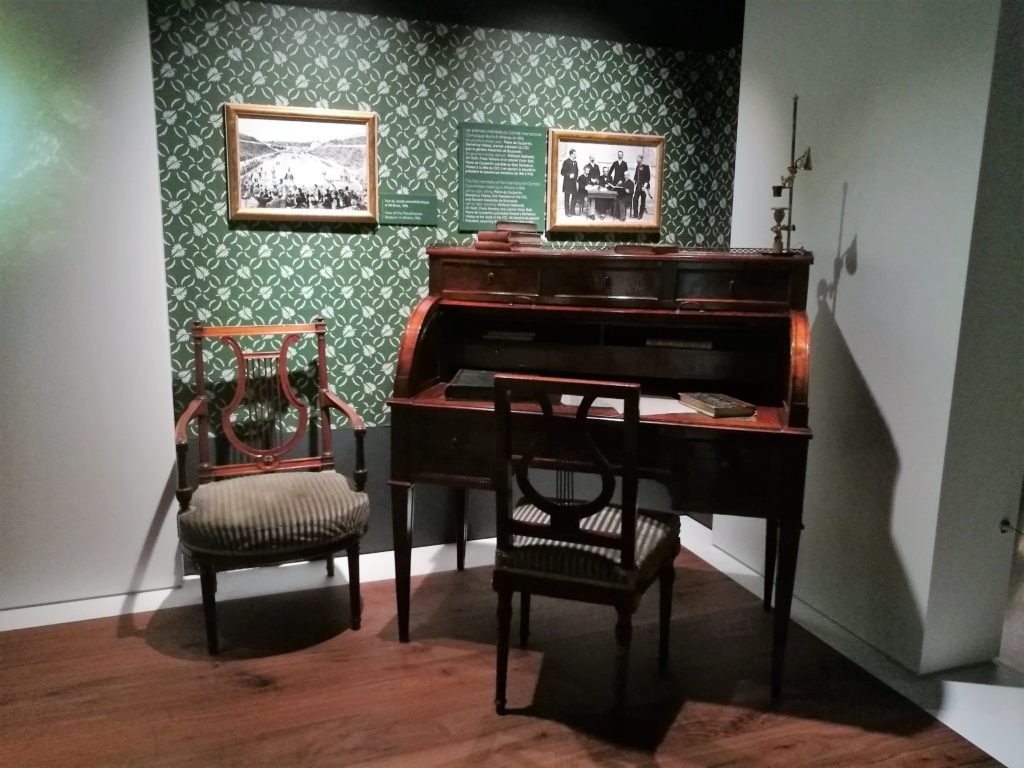
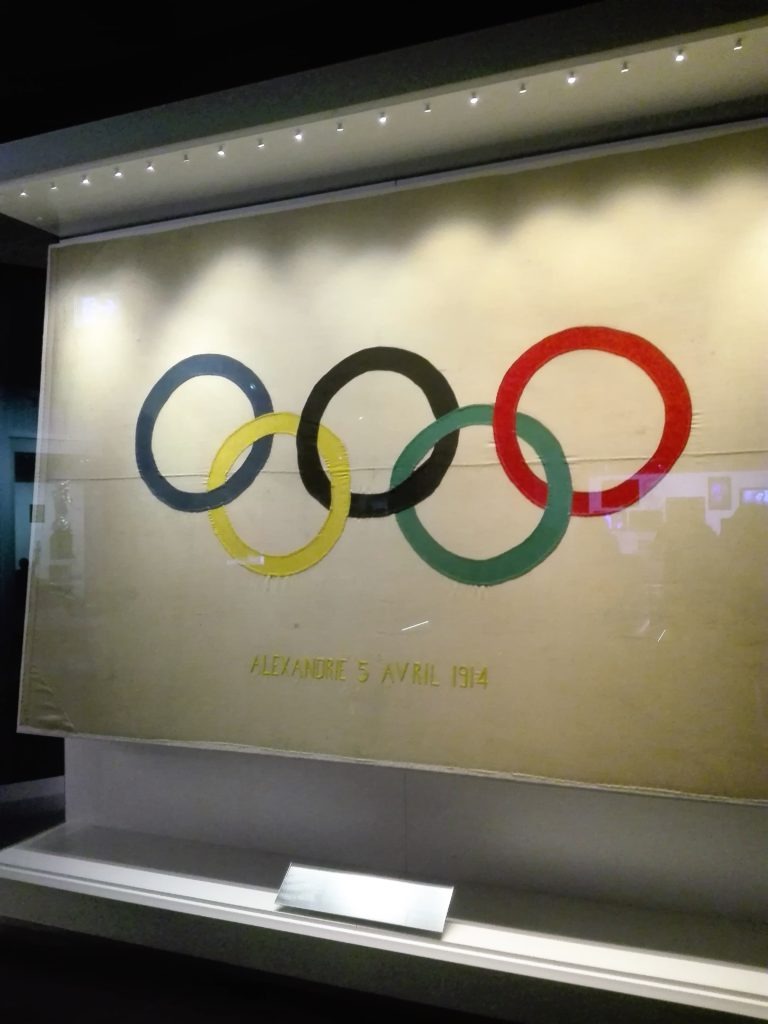
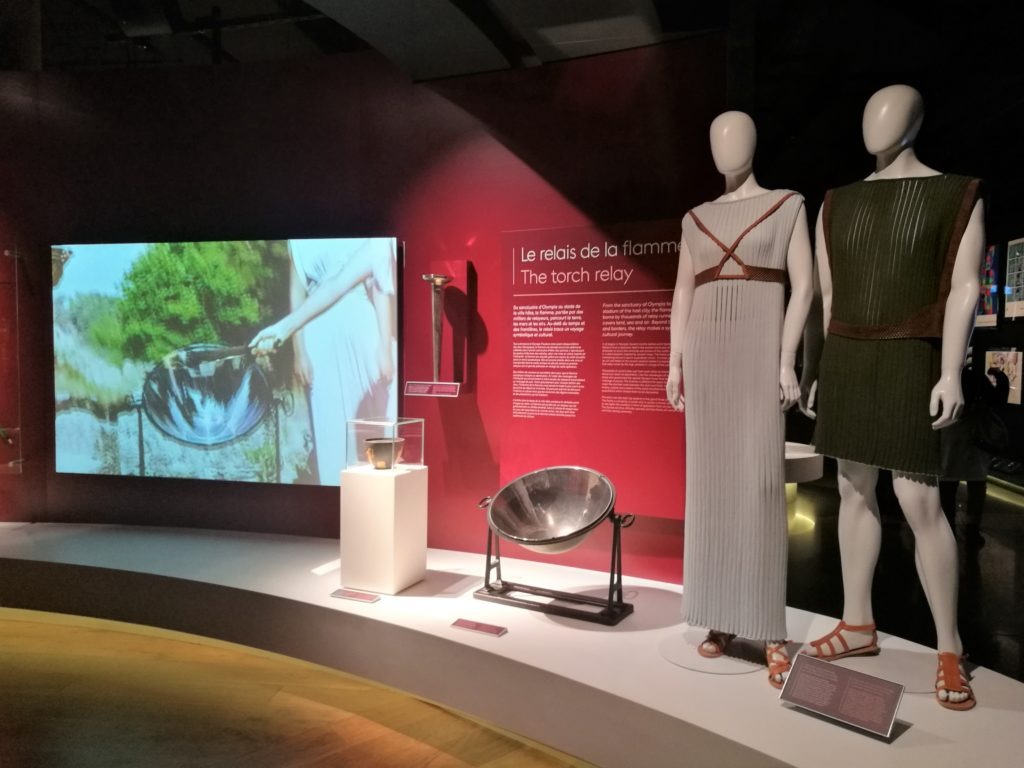
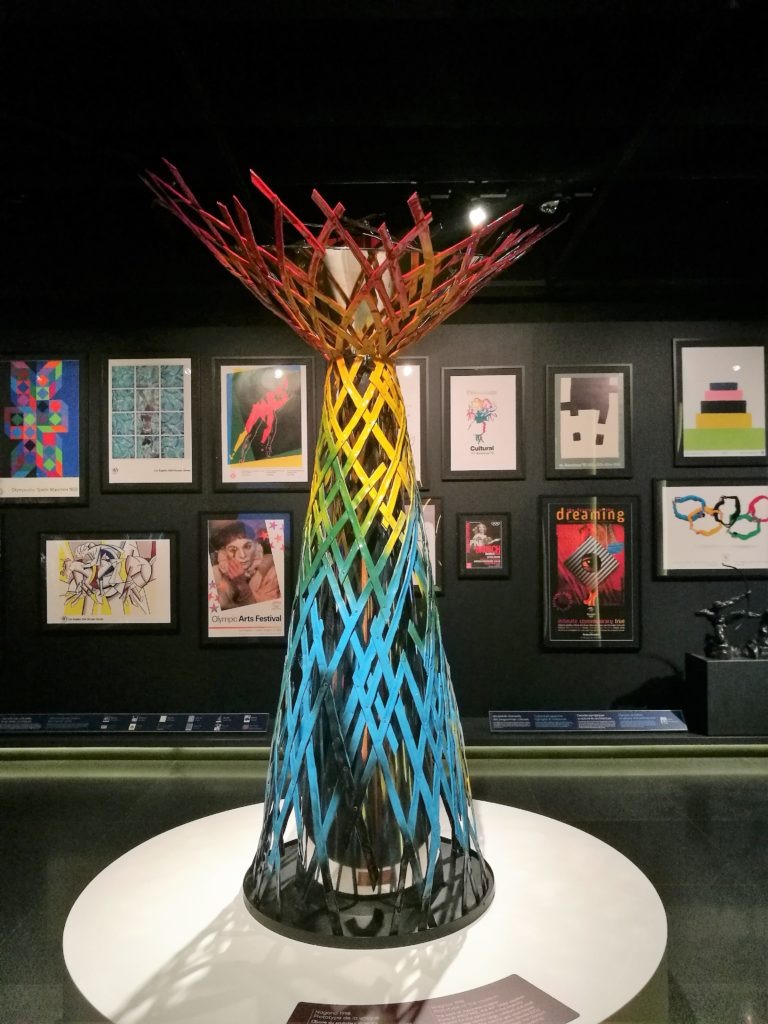
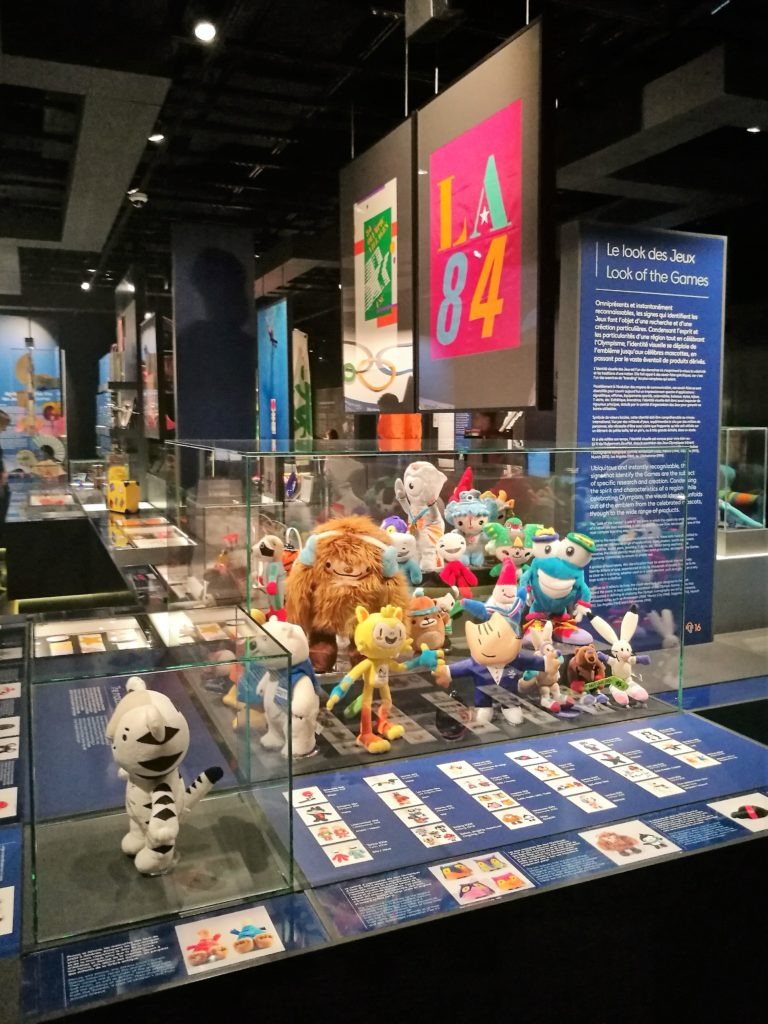
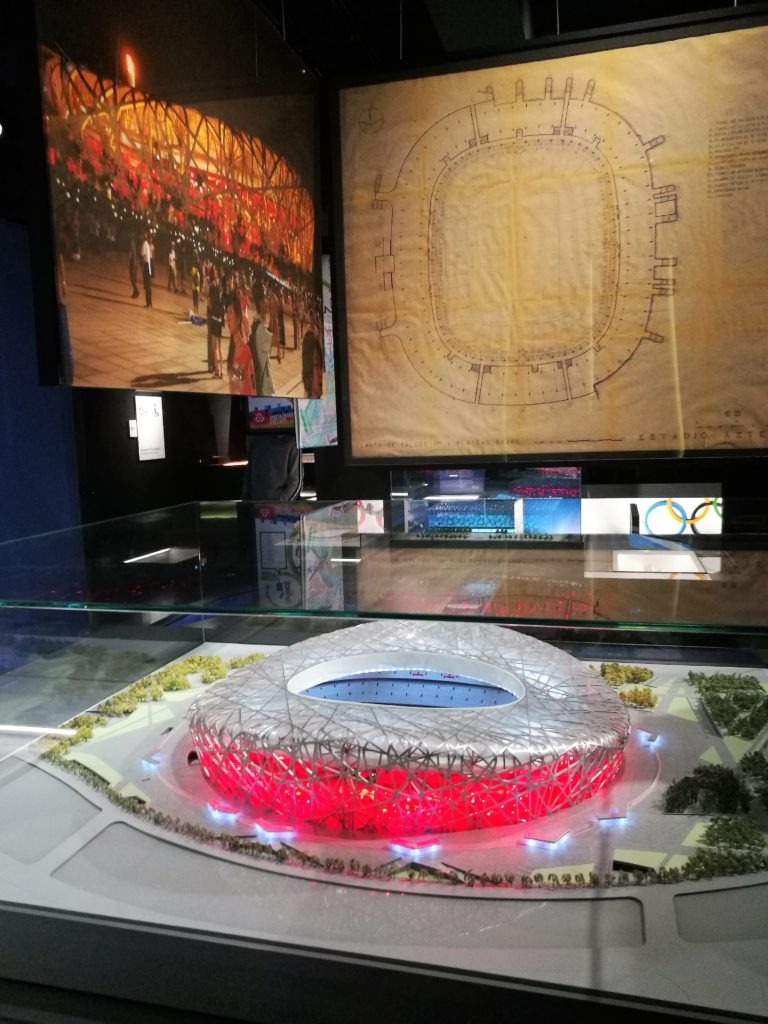
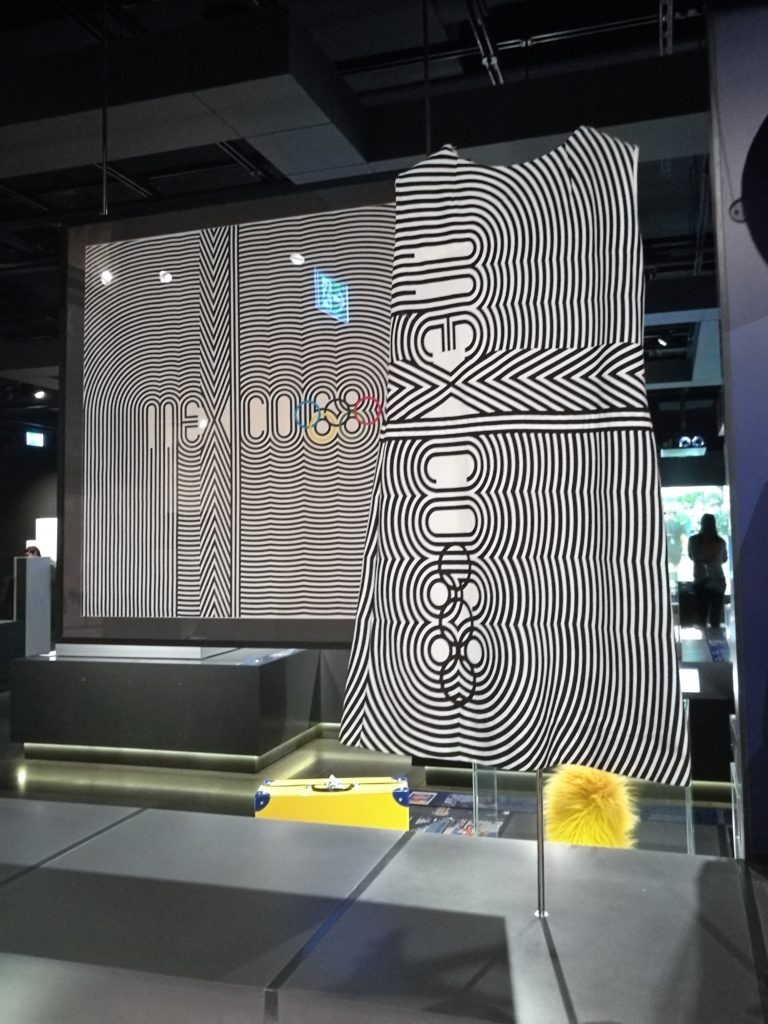
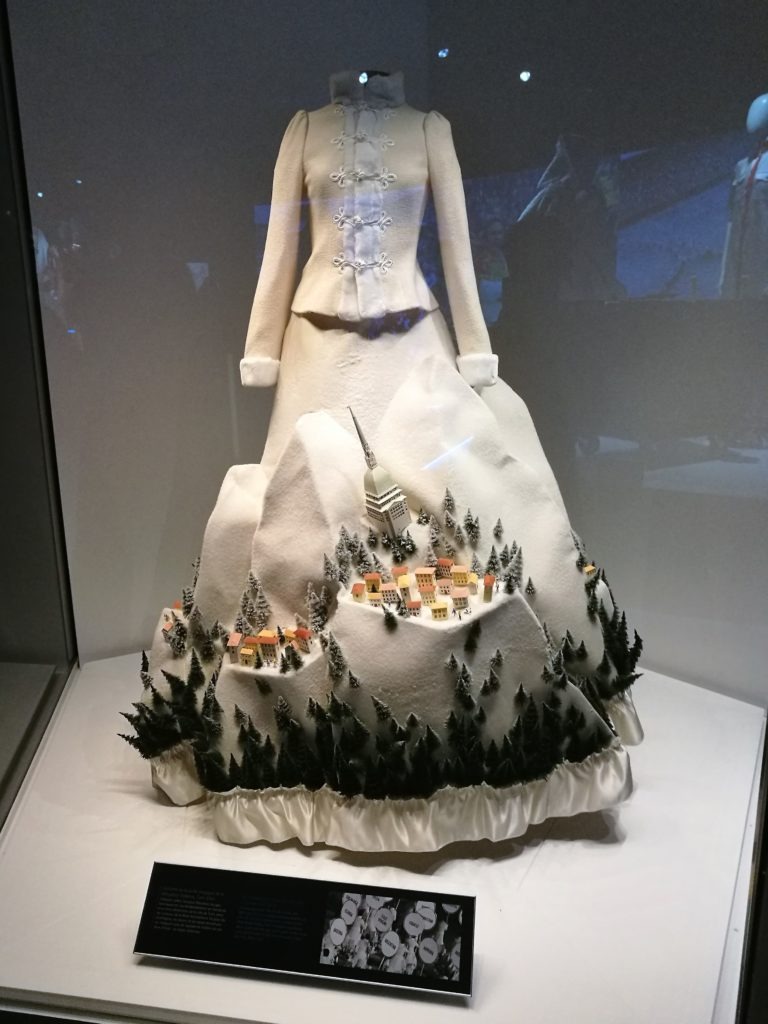
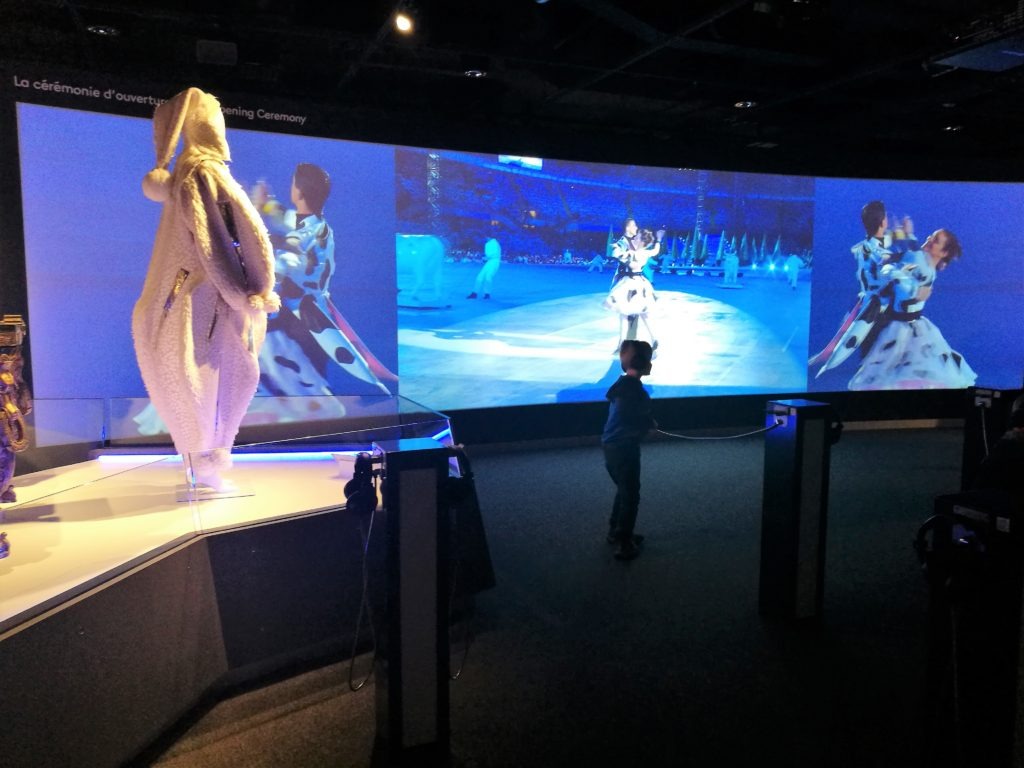
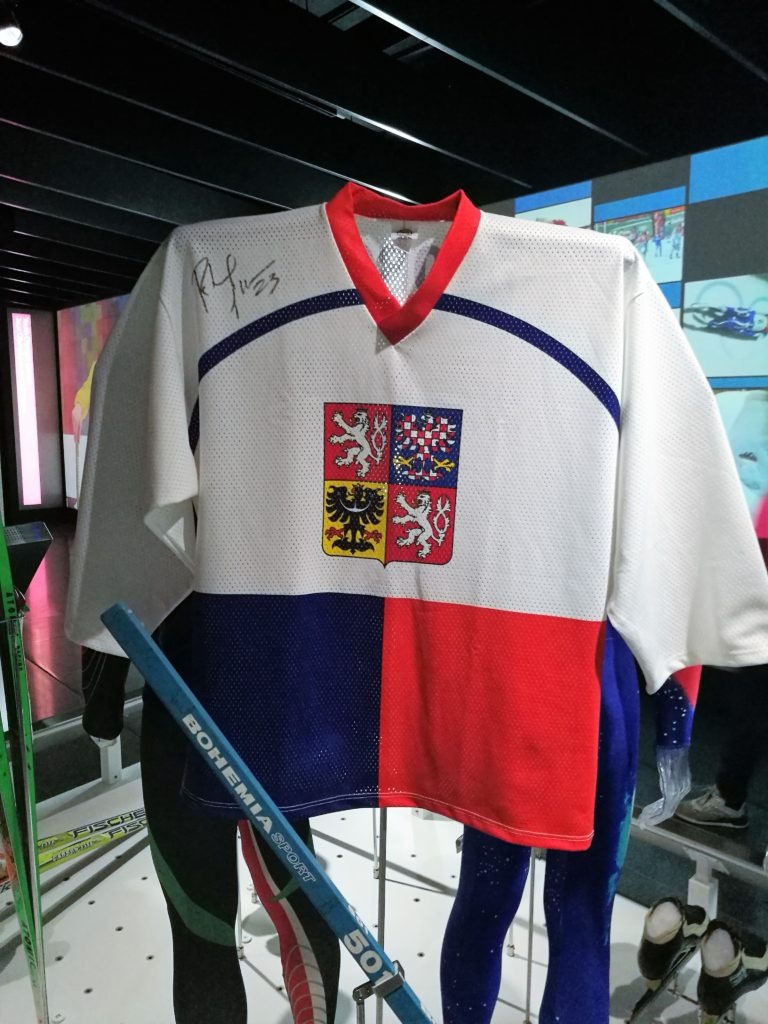
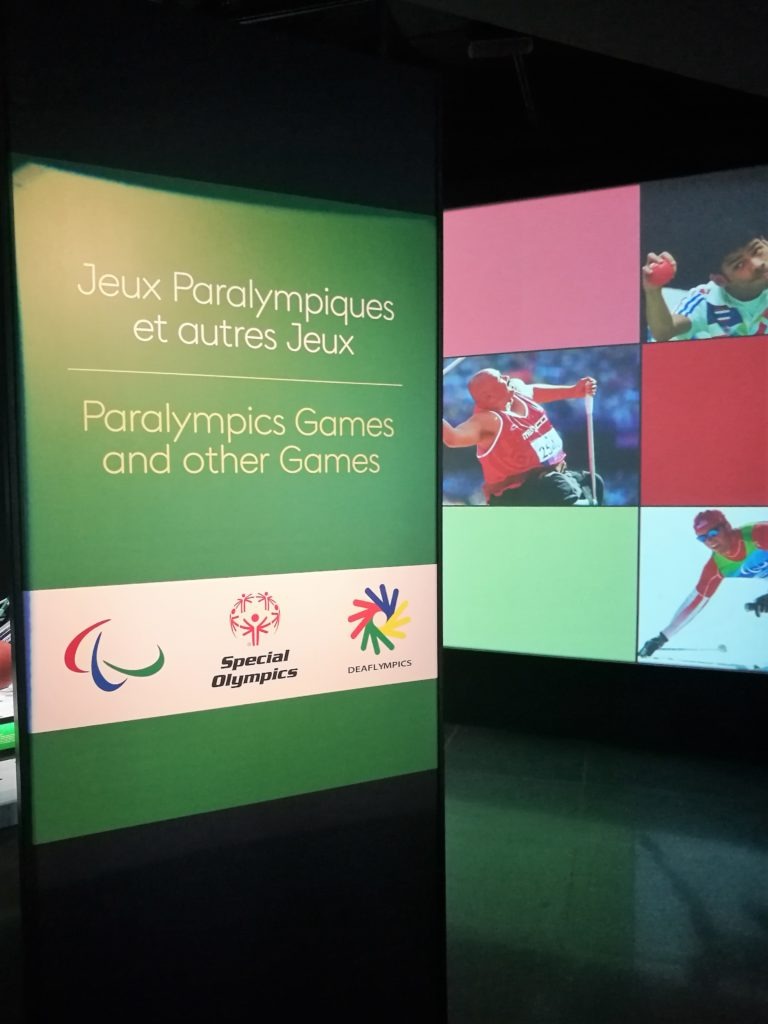
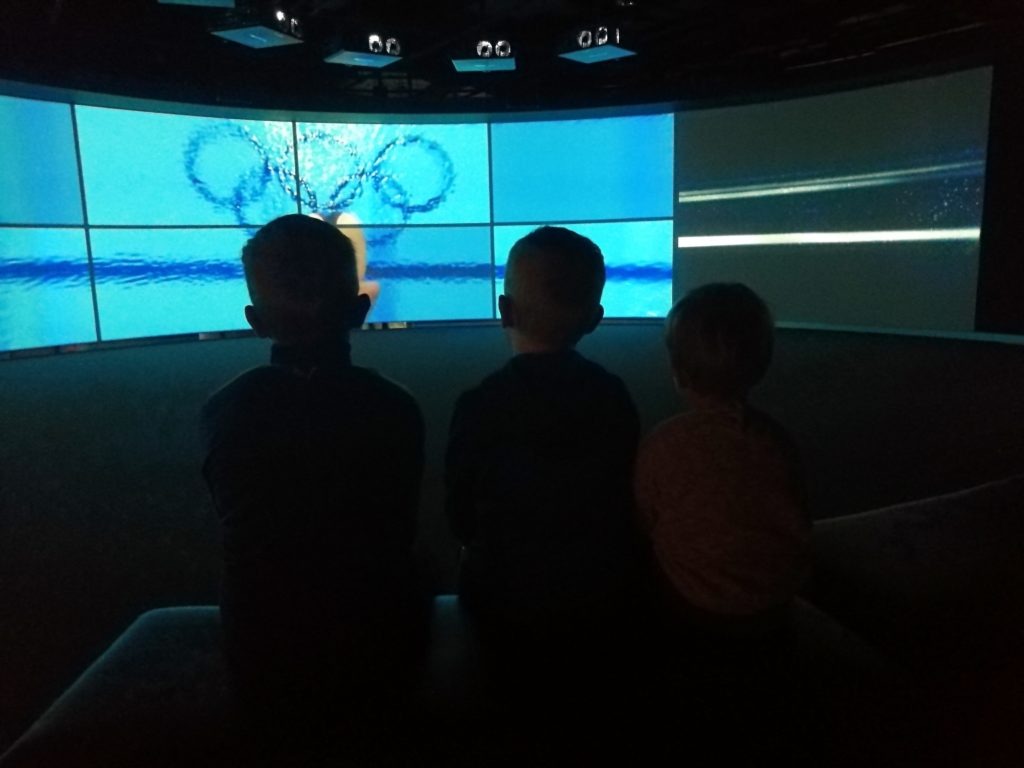
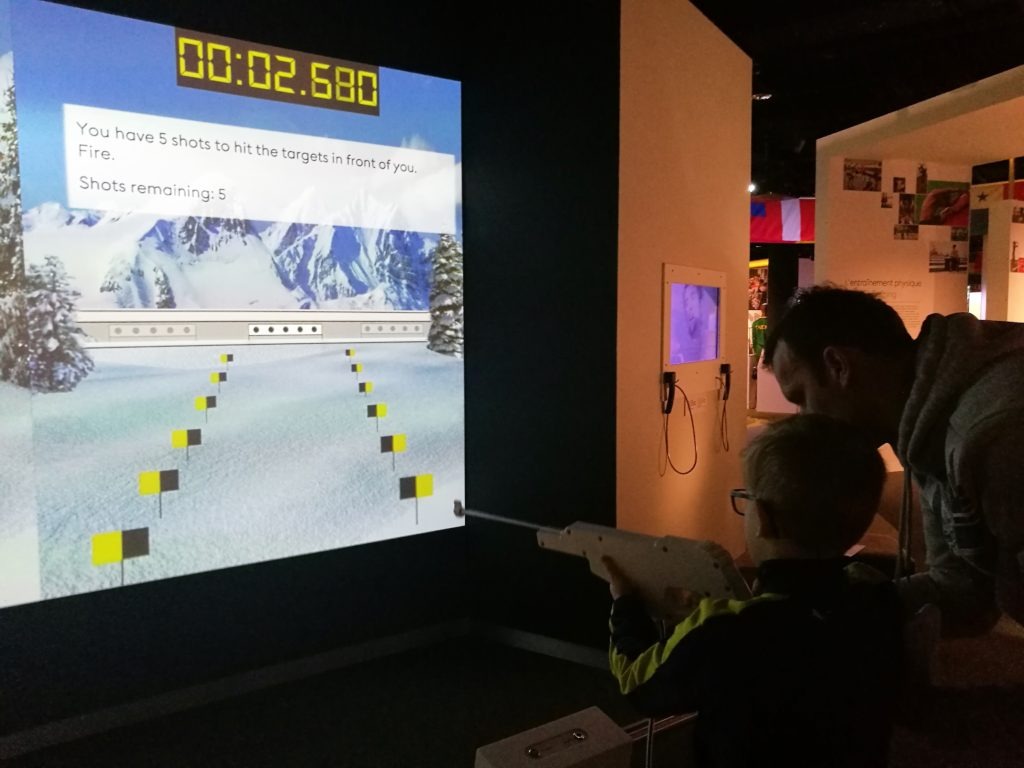
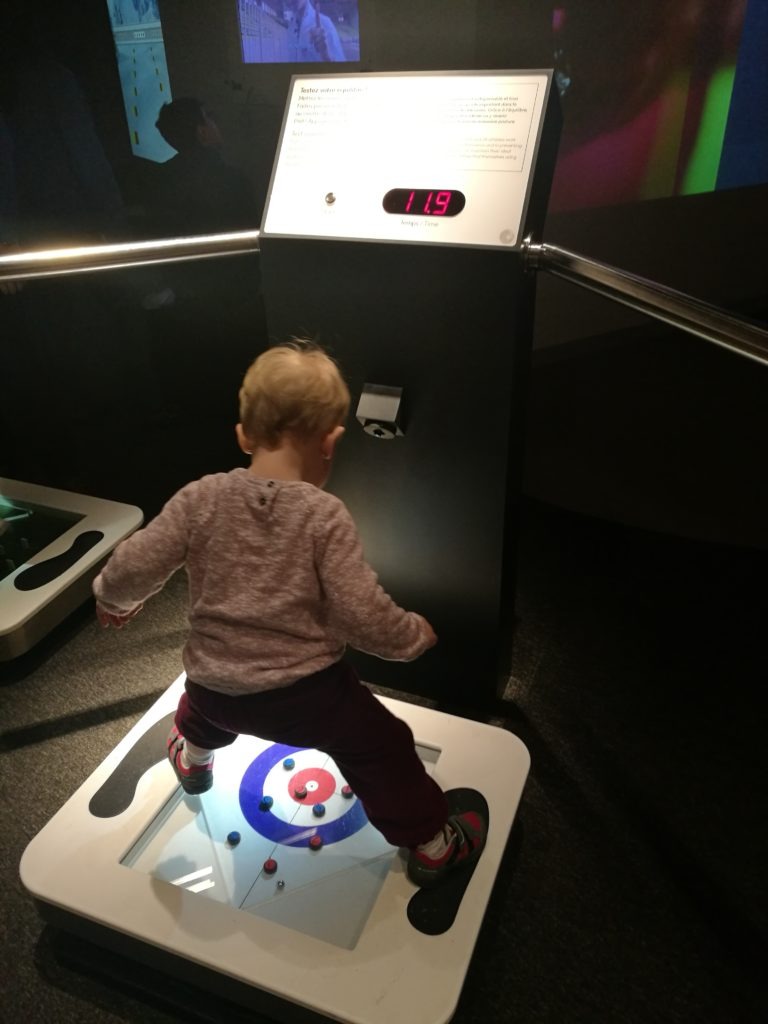
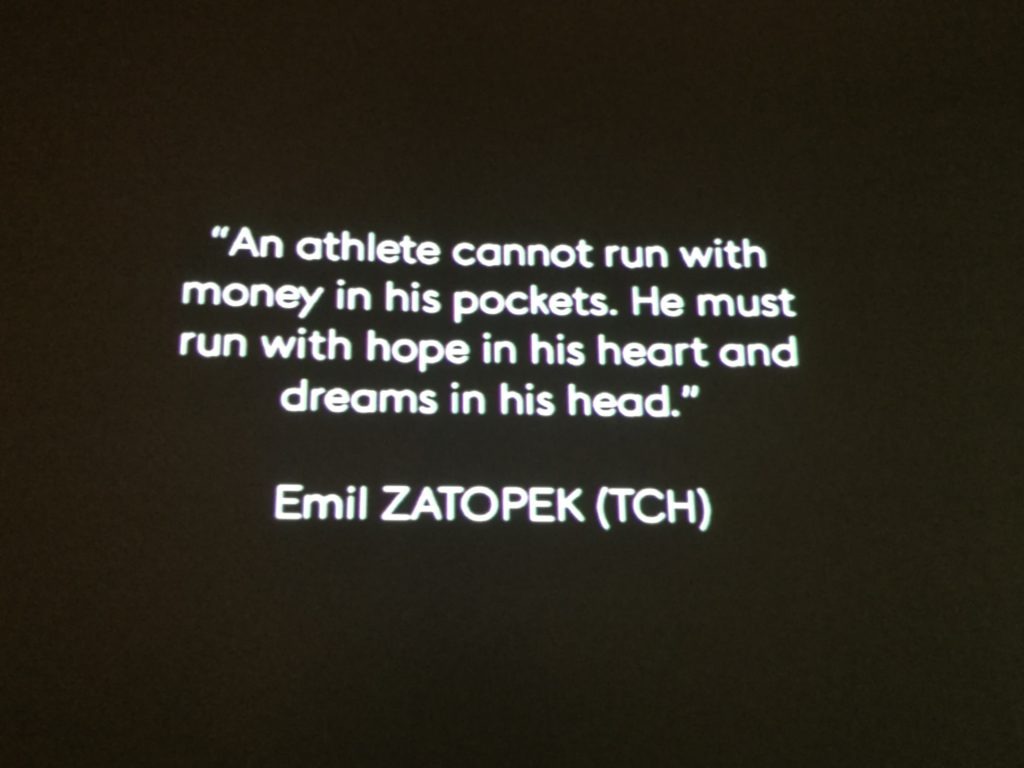
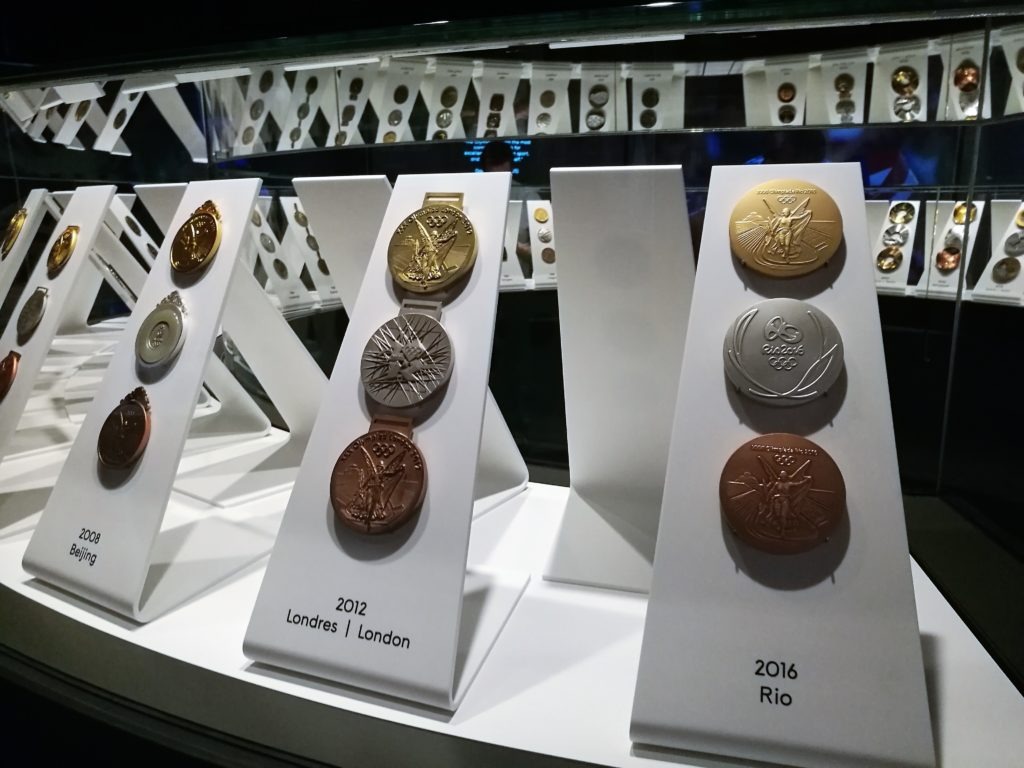
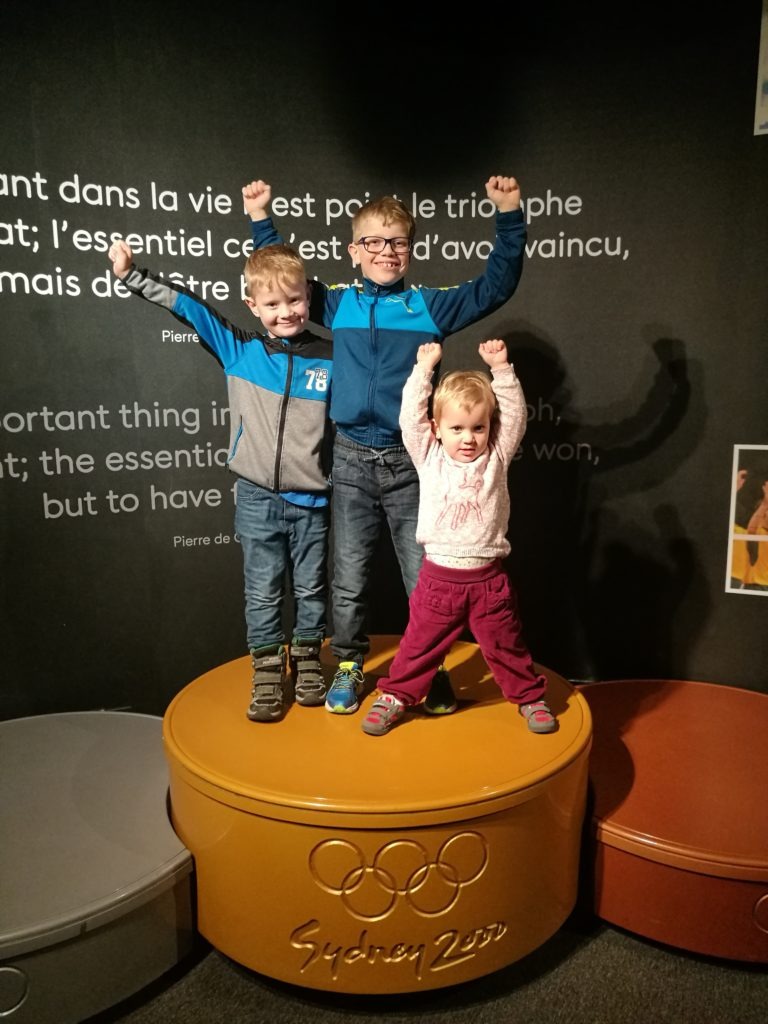
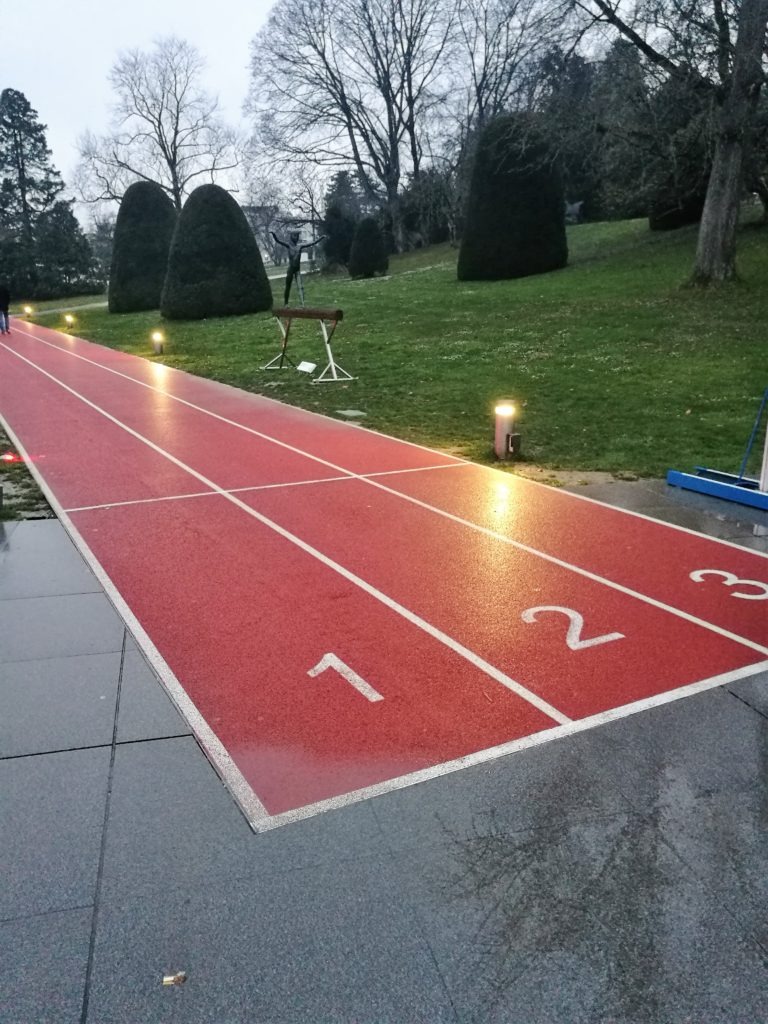
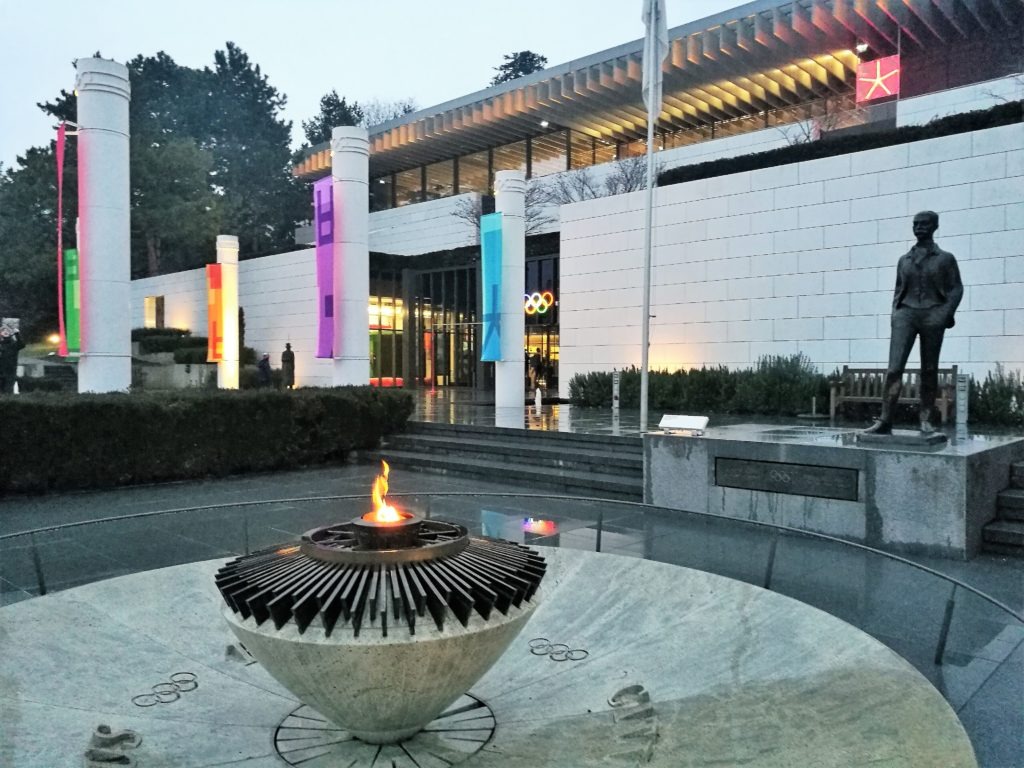
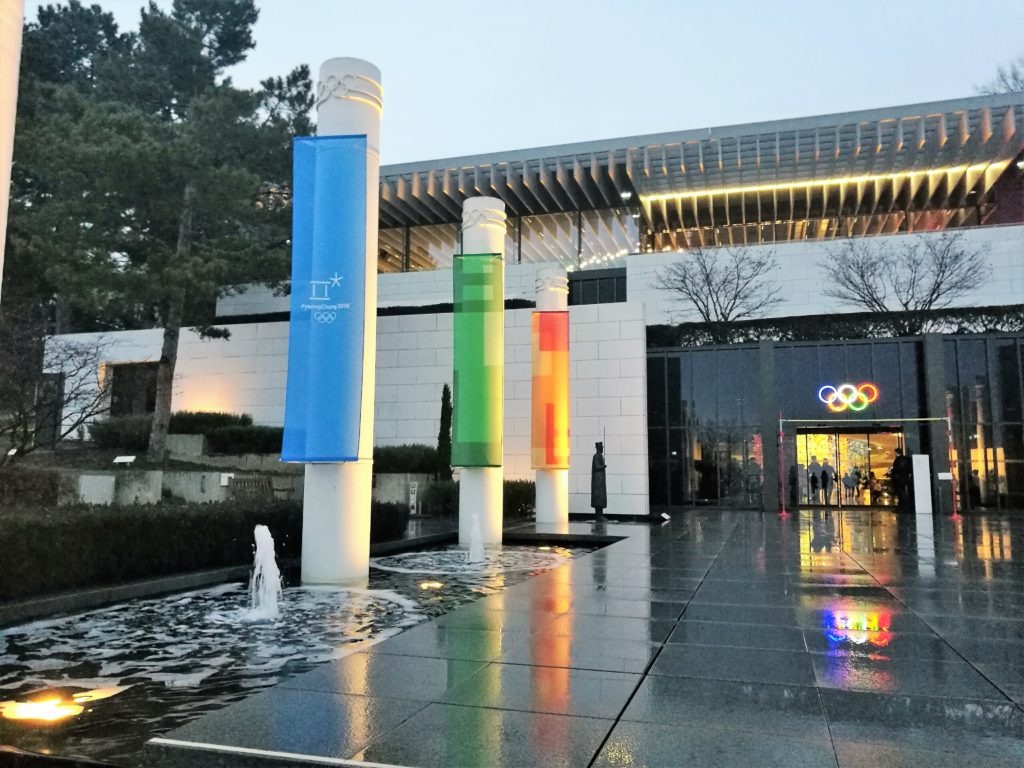
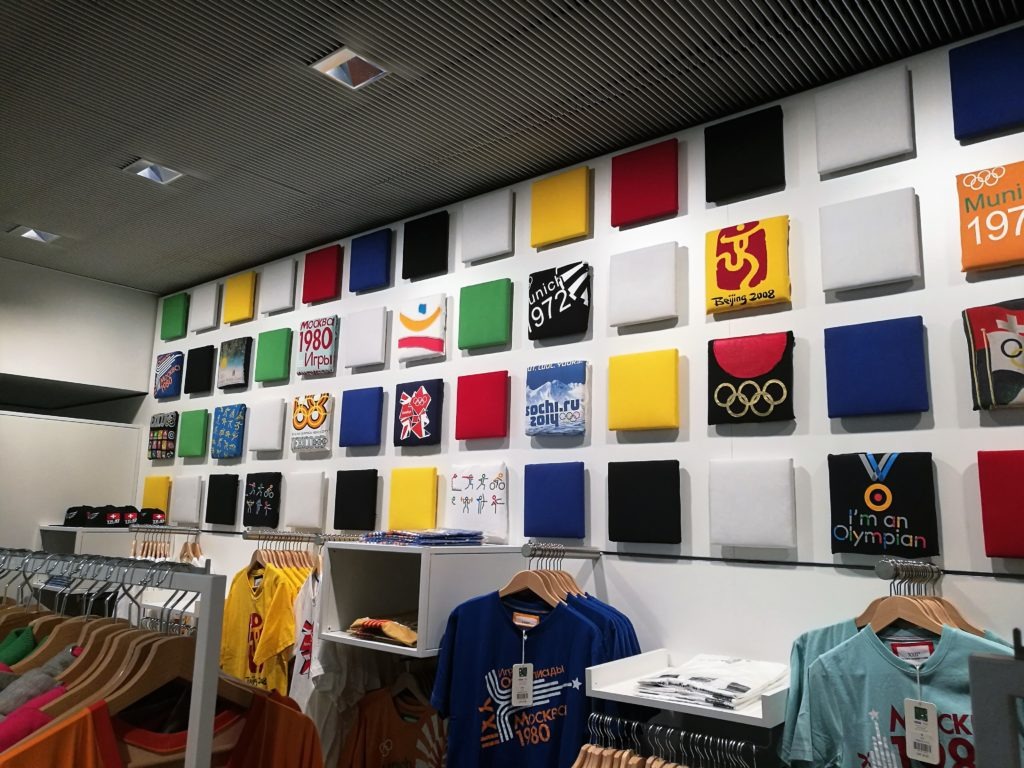
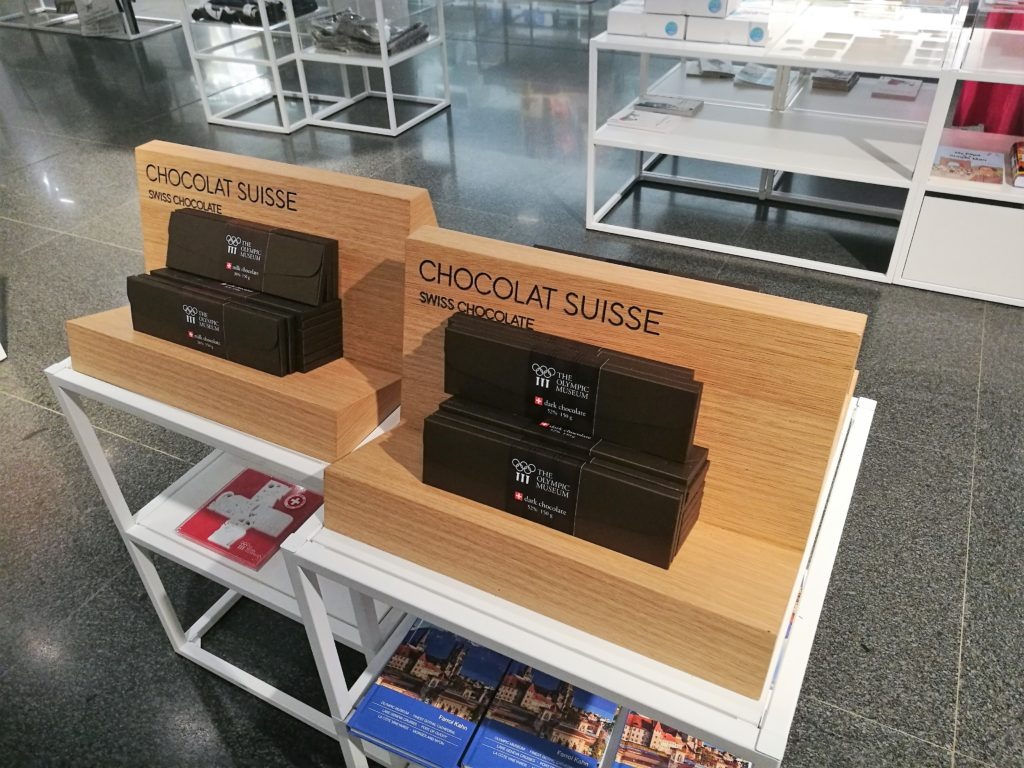
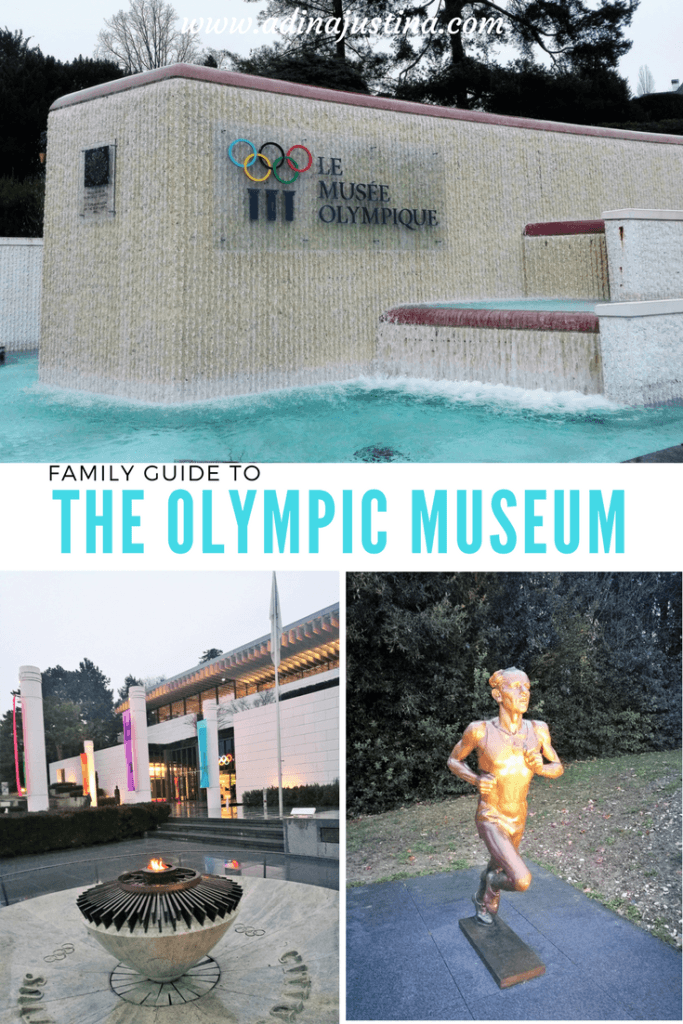
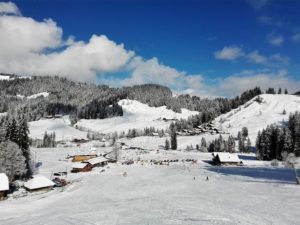
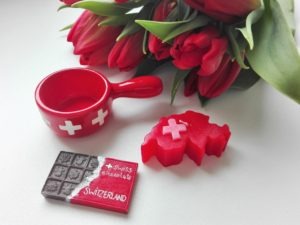

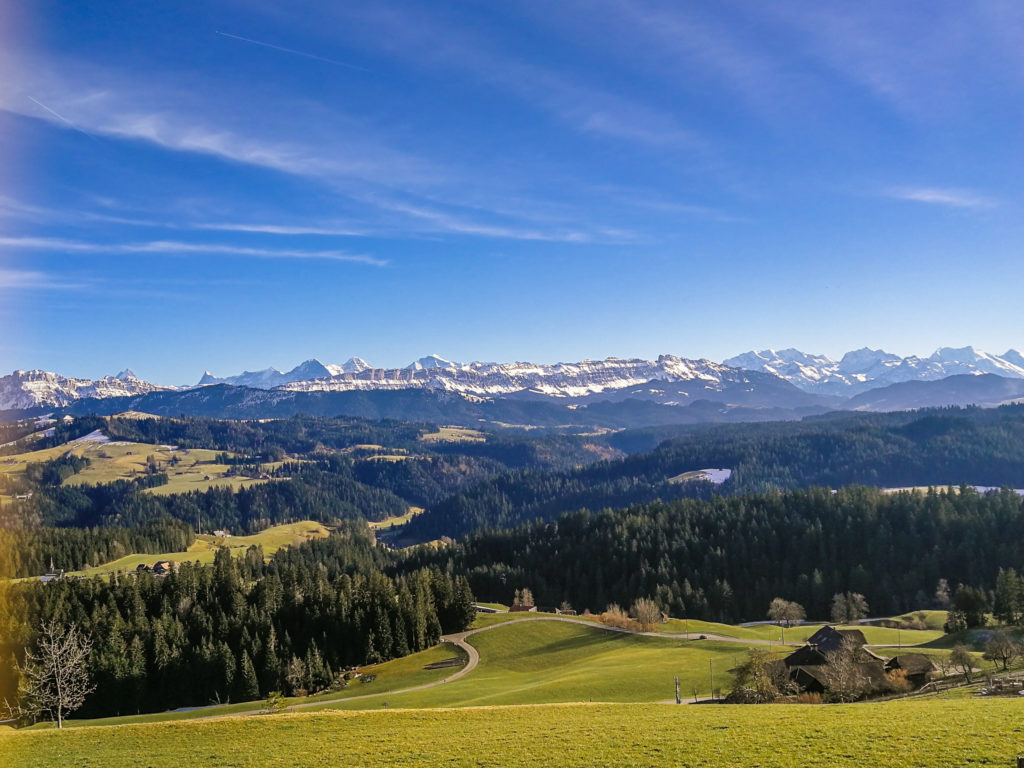
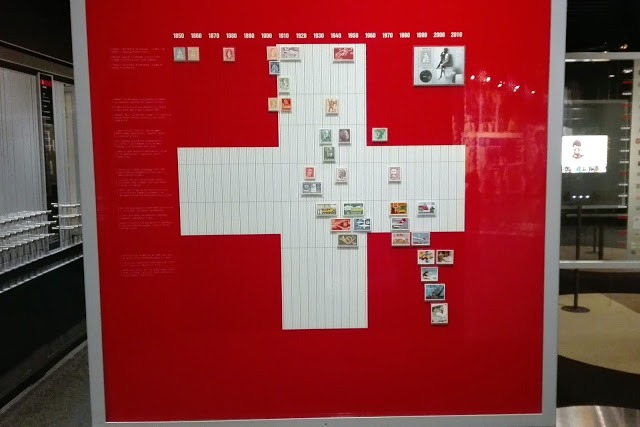
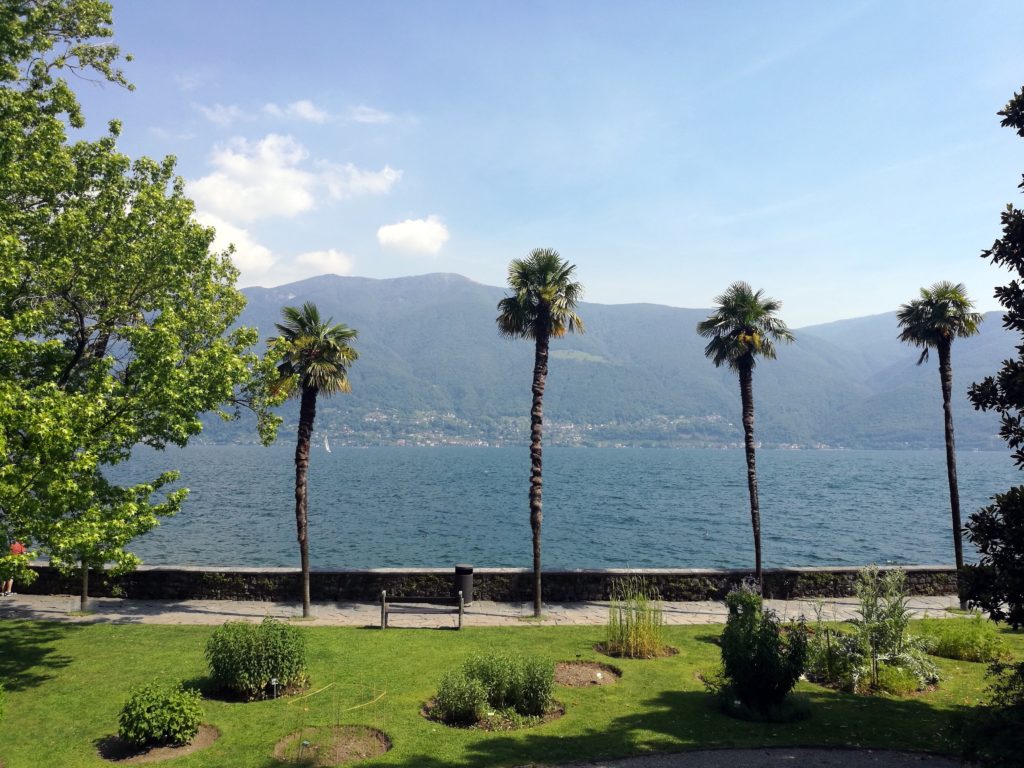




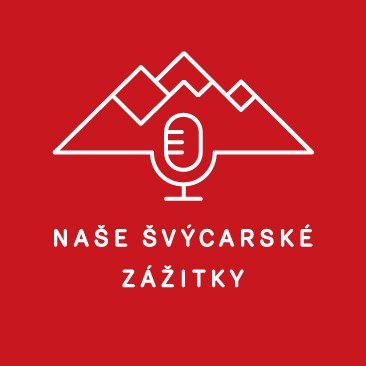
2 Comments. Leave new
[…] and other memorable items that relate to this sporting event. The museum is not as extensive as the Olympic Museum in Lausanne, but you can learn a lot of information (with Barcelona Card is free to […]
[…] 7. The Olympic Museum […]